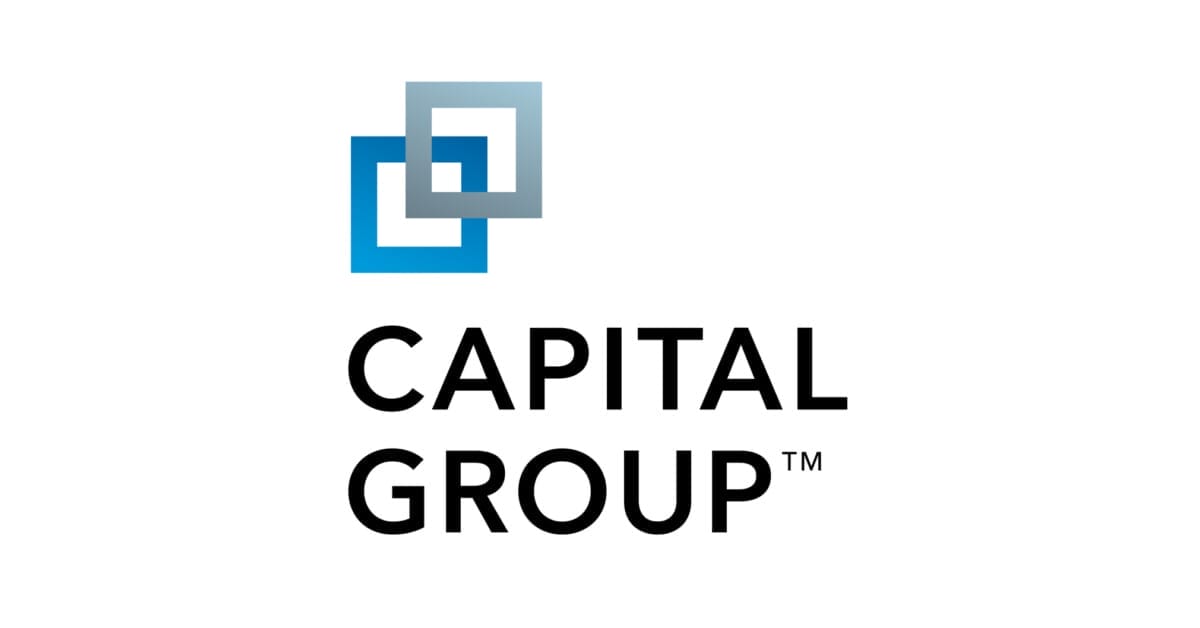I accept that using the above title to talk about the circular economy is groan-worthy, but hopefully I have captured at least a segment (part of a circle!) of your attention.
The Thinking Ahead Institute recently hosted a working group to discuss whether a circular economy was a possible – or even a necessary – component of the climate transition. The wider context we are exploring is whether a climate transition that only considers mitigation would be doomed to fail. Are we only likely to succeed in a climate transition if it simultaneously solves for biodiversity loss, social justice, materials use (circularity) and adaptation?
Within this context, the circular economy thesis goes as follows: the current linear economy is the source of the problems we are trying to address (for example, biodiversity loss, social inequality, climate change), and therefore needs to be reformed. The circular economy is one route to reform.
What is a circular economy?
A circular economy is one which keeps materials circulating within the economy in their highest value use. So, for example, we embrace the idea of the 100-year washing machine, where locally-3D-printed parts keep the machine working and out of landfill. Throughput through the economy is thereby reduced and, ideally, there would be zero waste heading to landfill. So after 100 years, our well-used washing machine would be carefully disassembled. Some parts, like screws or bolts, might be reused as they are (‘retain their highest value use’) while others, like the case and drum would require energy to melt them into a form that could be used again.
From this simple idea (highest-value use for as long as possible) flow a number of implications. One of these runs counter to our current prevailing culture – namely, that this would be a ‘needs-based’ economy rather than a ‘wants-based’ economy. To explain, there would be no place for the fast fashion industry. While we may want disposable clothing, what we need is durable clothing. By extension we can also eliminate the advertising industry, which exists to stimulate wants. As our needs will always be smaller than our wants this is a mechanism for reducing consumption.
As some industries disappear, others would shrink, such as mining (less need for new input). In addition, a circular economy appears to more naturally favour localisation (transportation is a form of waste), and to be accommodating of changed ownership models (smaller, employee-owned businesses; more B-corporations).
A circular economy therefore offers some highly desirable benefits. In requiring less mining and, in seeking to eliminate waste, it would be kinder to our remaining biodiversity. In lowering consumption and changing ownership models it would promote greater social justice. The lowering of economic activity would also mean we need less energy, which would – in a non-linear way – accelerate de-carbonisation.
If we grow our demand for energy, then growing renewables doesn’t really drive out fossil energy, it just tops it up. However, if we shrink our energy demand, then growing (cheaper) renewables increasingly drives out (expensive) fossil energy. In turn, this positive dynamic would reduce the ultimate cost of adaptation (relative to the amount of adaptation we will have to do if continuing to run a linear economy).
Against all these highly desirable benefits it seems a little churlish to point out one small problem with the circular economy – there probably isn’t as much money to be made.
If we imagine a spectrum with a linear economy (100 per cent) on the left and a circular economy (100 per cent) on the right, then we can make some statements about these end points. If we are 100 per cent linear then we can state that waste is either free or very cheap.
If this were not the case, then we would be at some other point on the spectrum. We can therefore say that 100 per cent linear offers the maximal opportunity to externalise cost and, therefore, is likely to offer the maximum possible investment returns.
Conversely, if we are on the right (100 per cent circular) then we can say there is minimal opportunity to externalise cost precisely because waste is eliminated at this point on the spectrum. We can’t say much about returns other than they are not maximised (100 per cent linear has taken that crown) – but there is an economy, so presumably the returns are positive.
One interesting observation voiced in the working group was that maybe required returns are lower in a 100 per cent circular economy. If externalities are minimised from the economic system, then their costs don’t fall on private individuals, as they do under the 100 per cent linear system.
What practitioners think
The working group discussion of the thesis was supplemented by polling questions. There was unanimous agreement to the following three ideas:
- In the long run, high extraction rates relative to carrying capacity are likely to lead to undesirable (societal and environmental) outcomes.
- A successful climate transition that also addresses biodiversity and inequality requires capitalism to be reformed.
- The circular economy is a promising solution for the combined problem of biodiversity loss, inequality and climate change.
We can therefore conclude that there is strong practitioner support for the ‘theory’ of the circular economy. In terms of the ‘practice’ the working group described the current global economy as 92 per cent linear (on the spectrum discussed above), with an expectation that in 10-years’ time it would be 75 per cent linear.
Arguably this anticipated shift will be too little and/or too slow, as the group believe that sustainability will require an economy that is 11 per cent linear and 89 per cent circular. The big obstacle, for investment organisations, is the definition of fiduciary duty. Polling suggested that there would need to be a significant change to the definition to enable a shift to a circular economy – but subsequent discussion modified this somewhat.
It is possible that the definition doesn’t need to change at all, but all investment organisations would need to move together to make it happen without individual risk. There was clear agreement that a circular economy is more compatible with sustainability than a linear economy, and that it would be good for society, but likely bad for investment returns in aggregate. It will be challenging to implement due to regulatory, infrastructure, and political constraints.
For all these reasons, the group thought it unlikely to happen at scale. These conclusions were not lightly arrived at.
Rarely have I been in such a thoughtful and introspective conversation with industry peers. I suspect that we will need to go round (sorry!) this conversation a few more times.
Tim Hodgson is co-founder and head of research of the Thinking Ahead Institute at WTW, an innovation network of asset owners and asset managers committed to mobilising capital for a sustainable future.

